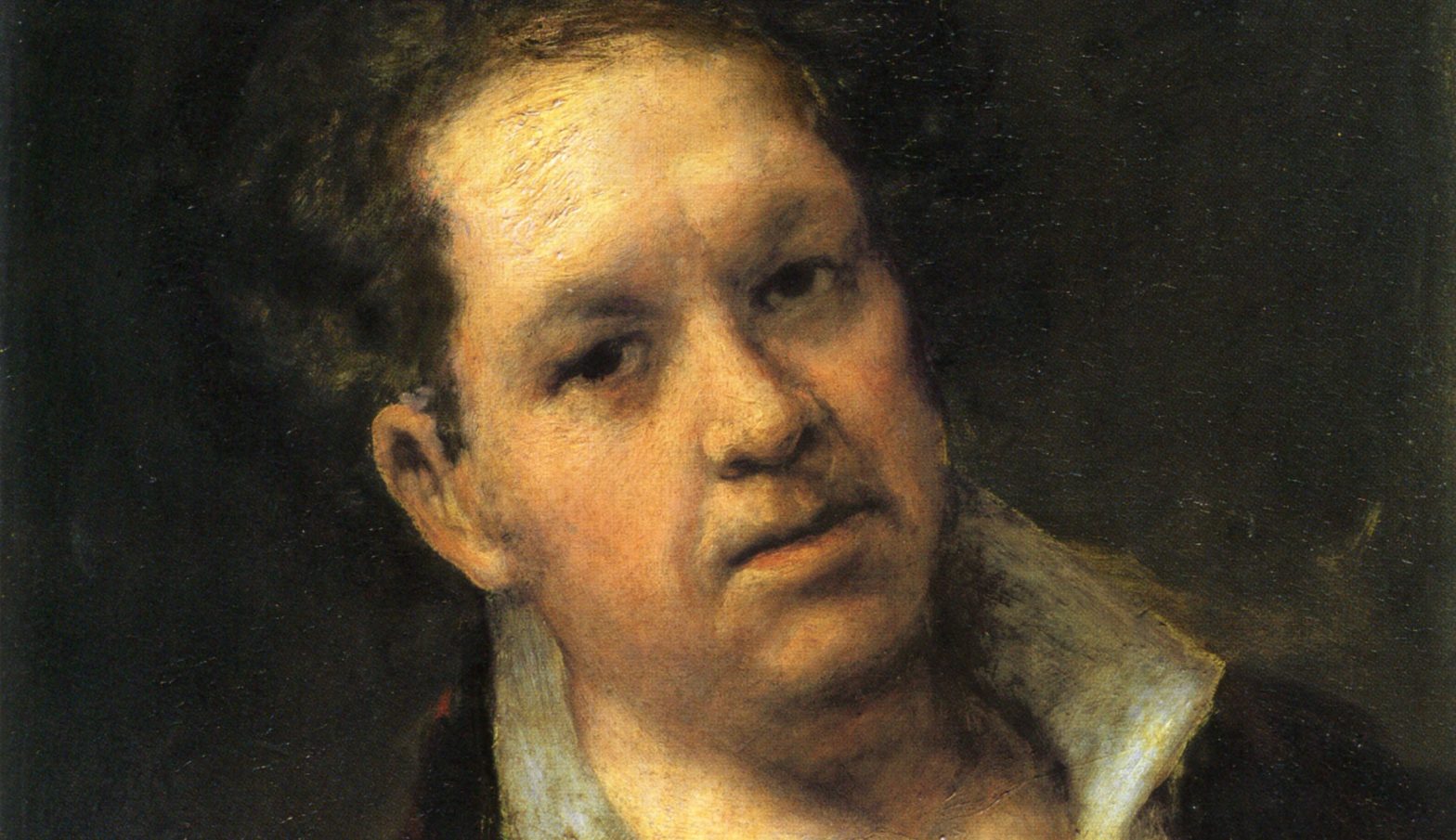Francisco Goya – Portrait of a Painting Master and Hearing Loss
Image: Self-portrait by Francisco Goya
Born Francisco de Goya y Lucientes on March 30, 1746 in northern Spain, Goya was a painter, draftsman and print maker artist who would later be called the “Father of the Modern Era” and be bestowed with the title of “first painter to the king.” By the end of his life he was also permanently deaf.
Francisco Goya is said to have inspired great artists like Bacon, Picasso and Manet. But in 1792 at the age of 46 he became very ill for many months and would later report that he heard rushing sounds or voices in his ears, suffered loss of balance, dizziness, faintness, loss of vision and progressive hearing loss.
Speculations on the mysterious illness that also caused a cerebral stroke, include Ménière’s disease, paranoid dementia and it appears Goya may have been suffering from Tinnitus. The cause of his illness is also in question with one possible culprit being the lead-based paint he used in his artwork.
Between the 18th and 20th centuries, most artists mixed their own pigments using lead, cadmium, mercury and other not so desirable substances.
What many question and would like to know is how did Goya’s hearing loss affect his work?
Goya’s hearing loss resulted in his increasing isolation from others.
It’s noted that Goya’s work is seen as having two periods, a bright period and a dark period. In the bright period, which is before his illness, he created many portraits of royalty, and scenes depicting life in Spain and France. In the dark period following his sickness his paintings are characterized by more gruesome and nightmarish images that also attracted controversy.
Goya’s paintings began to take on a more critical and satirical nature in regards to his view of the world around him. These works include The Disasters of War and the Black Paintings. He would later fall out of grace with the Spanish royal court.
On the website www.pubmed.gov they write about Goya, “The visual experience after the illness was heightened by the exclusion of acoustic stimuli and the artist’s talent rose to the highest level. His character became more withdrawn and introspective and his entire vitality was directed to his painting.”
Francisco Goya left Spain for Bordeaux, France in 1824. He lived and painted there until his death in 1828.








